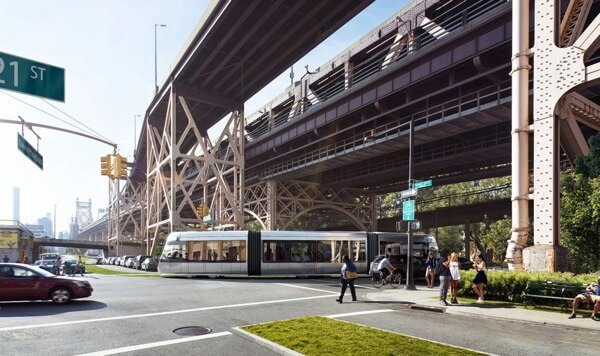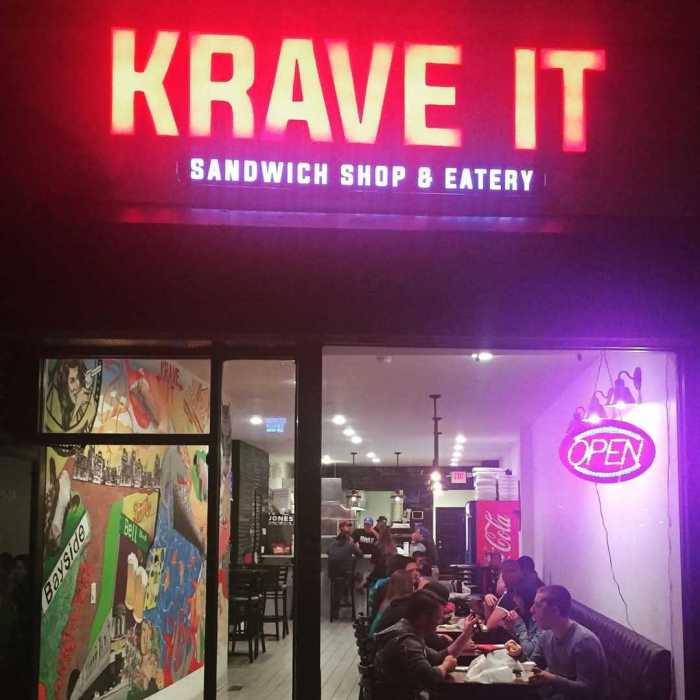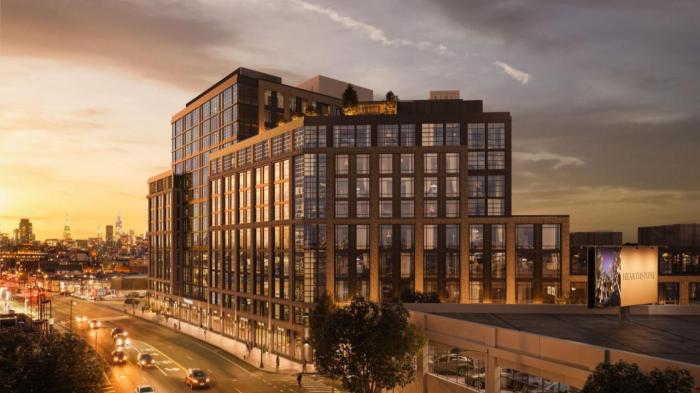The de Blasio administration is moving forward with its Brooklyn Queens Connector project, the controversial proposal for a state-of-the-art, zero-emission streetcar system along an 11-mile corridor from Astoria to Gowanus, Brooklyn. The city launched an official BQX website – which you can visit here – that provides information on the proposal, important dates and opportunities to provide feedback throughout the public engagement process.
The plan will include briefings with elected officials, community board presentations in both Queens and Brooklyn, email blasts, webinars, on-the-ground outreach, public workshops and environmental review scoping hearings.
“With the BQX heading towards its public review process, 2020 promises to be a big year for the project,” a Friends of the BQX spokesperson said. “Engaging with those who live and work along the route is critical to the BQX’s success, and we applaud the city for putting together a robust outreach plan for the coming months.”
When it was first announced in 2016, the BQX project was seen as an expensive boondoggle of waterfront developers along the East River. But according to the NYCEDC, the streetcar service would provide a crucial north-south transit route that would connect 400,000 New Yorkers who live along the route, and 300,000 people who work along the fastest-growing business corridors in city while linking to 13 subway lines, more than 30 bus routes, nine NYC Ferry landings and more than a hundred Citi Bike stations.
“From transit advocates and public housing leaders to business owners and civic groups, the BQX has a broad and growing range of supporters,” the Friends of the BQX spokesperson said. “As more New Yorkers learn about the project over the next few months, we expect that support network to keep growing.”
Over the course of the next several months, the community engagement process will explain the proposed project as described in the 2018 Conceptual Design Report, including the proposed route, discuss potential alternative types of transportation that will be evaluated in the environmental review process, as well as focus on community priorities, suggestions and concerns.
In addition to the community board presentation, the two city agencies will also conduct five community workshops and work with local partners to distribute information to residents and businesses in the 12 neighborhoods along the proposed route’s corridor.
While some residents and businesses owners dismiss the project over fears of gentrification and the estimated loss of 2,000 parking spots along the proposed route residents of the public housing developments in western Queens have a vested interest in the project, especially after Amazon scuttled its plans to build its HQ2 campus in Long Island City taking away the 25,000 jobs it pledged to create along with tens of billions in revenue that could have been invested in NYCHA.
“This is a big breakthrough for jobs because there are new opportunities up and down the waterfront but so many of our residents are stuck in transit deserts, we have problems with the 7 and the F while Astoria Houses are 30 blocks away from the subway stations,” Queensbridge Houses Tenants Association President April Simpson said. “We’ve been waiting a long time for this and I’m very pleased to see the city taking some steps towards connecting us with jobs, school, healthcare and all of the park space along the waterfront. I have to admit I was a little skeptical over the high price though.”
When the BQX was first announced, Mayor Bill de Blasio said it would pay for itself through value capture which would involve increasing tax revenue and raising property tax values along the route. Now with a $2.7 billion price tag attached to the project, even de Blasio said it would need federal funding.
“Providing transit along that spine that runs along the waterfront is essential, especially for the 40,000 NYCHA residents along the corridor, and there are delivery mechanisms that can bring the costs of the project down,” Regional Plan Association President and CEO Tom Wright said. “It always costs more to build large-scale infrastructure projects in New York City. Part of the planning process now will be finding ways to deliver it at a lower price using design-build and private-public partnerships like the state is doing with the LaGuardia Airport reconstruction project. With the BQX there are ways to deliver it efficiently and I’m quite confident that this is what the city is heading towards.”




































